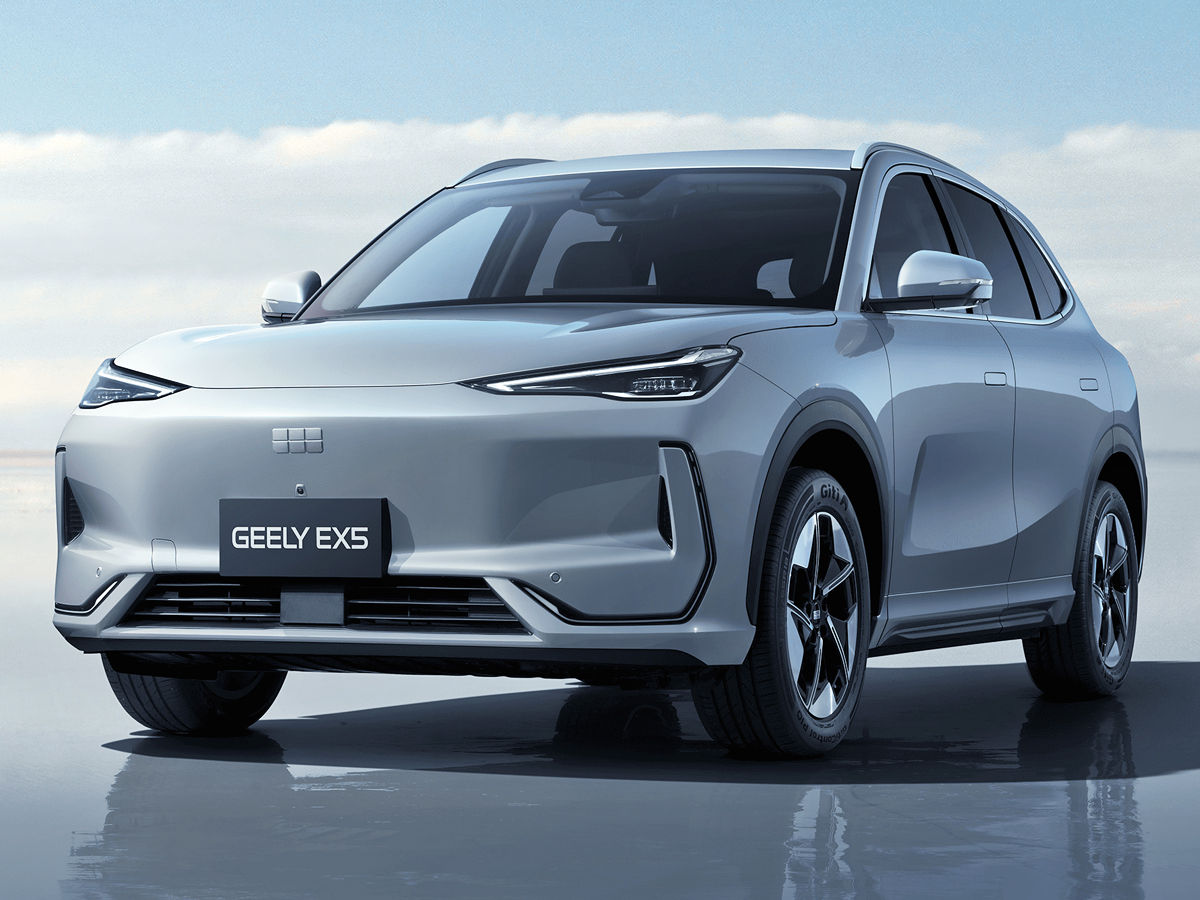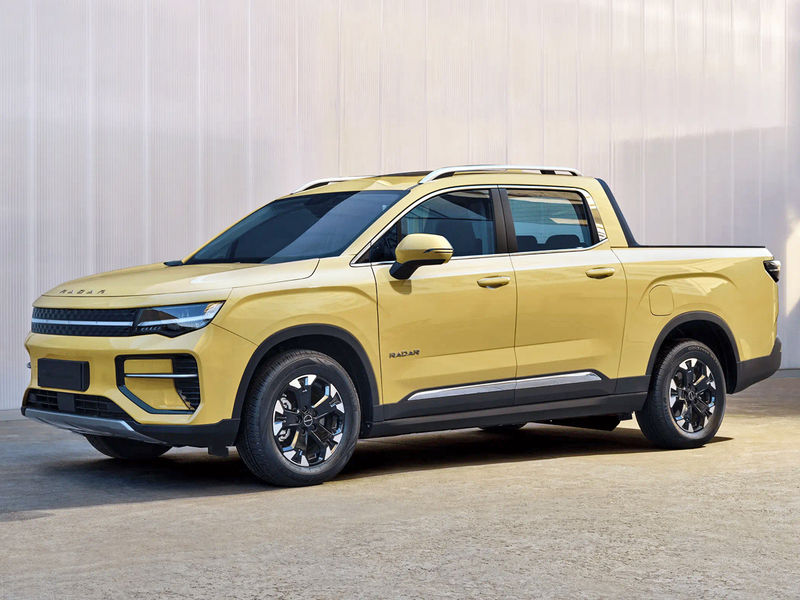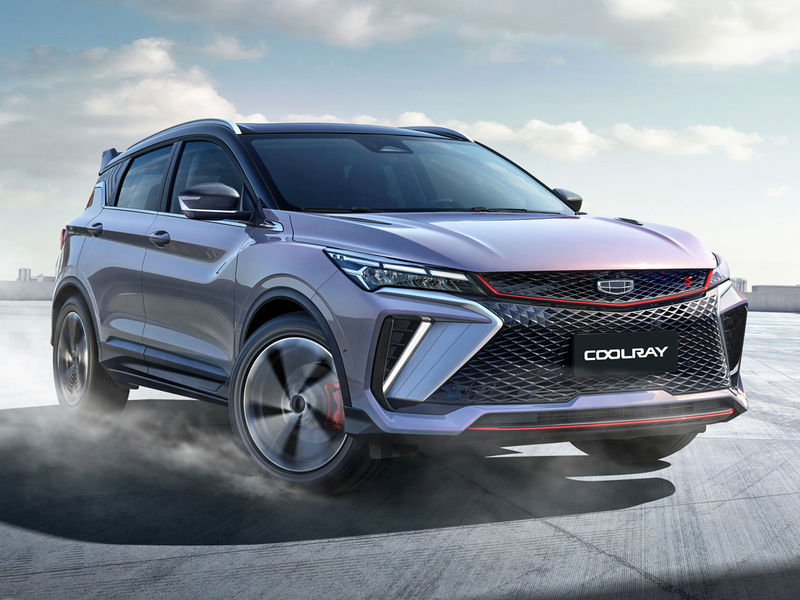Subaru Forester review: The Safer & Tougher Family Car?
For decades, the Subaru Forester stood out among medium SUVs thanks to its strong safety credentials, robust build quality, and permanent Symmetrical All-Wheel Drive. Does the new, 6th-gen model build on those traits, or has Subaru rested on its laurels?
In this video review, David Taylor takes an in-depth look at the all-new Subaru Forester to see if the Fuji-based brand has done enough to maintain its unique appeal while raising its game to fend off new rivals.
See also: 2025 CarsAwards: Best Family Car in SA

Subaru Forester: The Line-up & Powertrain
The 2025 Subaru Forester range comprises 4 derivatives, with prices starting from a quite competitive R699 000 (November 2025). David credits the Japanese brand for effectively keeping the new-gen model’s pricing in line with its predecessor – a genuine value proposition for a clean-sheet redesign.

All 4 variants are powered by the same naturally aspirated, horizontally opposed (Boxer) 2.5-litre 4-cylinder petrol engine that delivers 136 kW and 247 Nm of torque. Power is sent to the Symmetrical All-Wheel Drive system exclusively via a continuously variable (automatic) transmission.

The model’s powertrain is entirely focused on optimal efficiency and comfort. While a Sport drive mode is available, the Forester is a medium SUV designed for sure-footed capability, not outright performance.
Subaru claims an average consumption of 7.9 L/100 km for the model. The test unit indicated a return of 9.7 L/100 km, but given our testers’ predilection for spirited driving, that was not a disappointing result.

Unremarkable exterior styling, but standout safety kit
The new Forester’s styling is put under the microscope. David comments that the exterior design of the 6th-gen model is somewhat generic, noting that the front end, in particular, may appear awkward.

Crucially, even the entry-level Forester maintains the brand’s high standard of safety, a key differentiator.
David commends Subaru for ensuring that even the most affordable 2025 Forester derivative is fully specified with critical safety features. Standard equipment across the range includes 9 airbags and the renowned EyeSight Driver Assist technology, which incorporates adaptive cruise control.

He notes the EyeSight system has become noticeably more sensitive and intrusive in this generation. It works alongside a Driver Monitoring System that provides (sometimes too persistent) alerts to ensure the pilot’s attention. Fortunately, it’s simple enough to deactivate this secondary feature before driving.
David also highlights a potentially life-saving feature that can automatically pull the car over and activate the hazard lights if the driver becomes unresponsive.

Subaru Forester Cabin & Comfort Features
The cabin of the range-topping 2.5i Premium (the subject of this review) features a bold colour combo – a welcome break from the largely monochrome interior schemes that pervade the family-car segment.
The general level of fit-and-finish is excellent, which serves to maintain the reputation for high interior build quality established by previous iterations of the Subaru Forester.

A key point of focus is the vertical, portrait-oriented touchscreen infotainment system. While functional, easy to use, and ergonomically sound, David suggests that the display resolution and graphics appear dated when compared to the high-res, high-tech screens offered by Chinese brands in the segment.

As a premium derivative, the test unit includes a host of luxuries, such as a leather trim, a panoramic roof, and a Harman Kardon audio system. Our reviewer singles out the heated steering wheel as a fantastic addition for cold weather, though he notes the strange omission of heated seats in the same model.

Practicality, Space, and the Boot Test
The Subaru Forester has always been a highly practical family vehicle, and the new generation is no exception. In the rear of the cabin, David finds legroom to be excellent, thanks to the clever design of the front seat backs. However, he notes that headroom is slightly constrained for taller passengers.
Rear occupants are provided with discrete ventilation outlets, plus USB-A and USB-C charging ports.

The time-honoured Budget Insurance cooler-box test reveals that the 6th-gen Forester’s load bay offers a generous luggage capacity. Furthermore, the bay comes equipped with several thoughtful convenience features, including useful shopping bag hooks and a quick-release lever for folding down the rear seats.

Putting the Symmetrical AWD to the test
To properly assess the Subaru Forester‘s go-anywhere promise – a core part of its identity – David travels to the All Terrain 4×4 facility to consult with expert 4×4 guide Kaalvoet Swys (Francois Marais).

The Forester is equipped with a class-leading 220 mm of ground clearance. David highlights that the Subaru’s permanent Symmetrical All-Wheel Drive is different from the on-demand systems prevalent among most rivals, where power is typically sent to the rear axle only when the front wheels slip.

The team subjects the Forester to a demanding axle-twister test to assess how the AWD system copes with low grip and articulation. David concludes that despite the SUV’s “soft roader” classification, its performance confirms a genuine off-road capability that is better than most buyers would expect.

Subaru Forester’s Driving Dynamics
It is said that Subaru engineers focused heavily on optimising the 6th-gen Forester’s driving experience by refining the Japanese family car’s steering responsiveness and suspension setup.
David finds that the 2025 Subaru Forester is indeed a bit more enjoyable to drive than its predecessor. The steering is direct, with spot-on weighting, and the ride comfort – even on 18-inch alloy wheels – is excellent. What’s more, road noise is well-controlled, resulting in a peaceful, refined cabin ambience.

How much does the Subaru Forester cost in South Africa?
| DERIVATIVE | PRICE |
| Subaru Forester 2.5i Field | R699 000 |
| Subaru Forester 2.5i Touring | R740 000 |
| Subaru Forester 2.5i Sport | R790 000 |
| Subaru Forester 2.5i Premium | R830 000 |
Prices (correct in November 2025) include a 5-year/150 000 km warranty and a 3-year/75 000 km maintenance plan.
Subaru Forester (2025) Price & Specs
Find a new/used Subaru Forester for sale on Cars.co.za
Some dealerships regularly offer great deals. See our New Car Specials!
Looking to sell your car? Sell it on Cars.co.za for free

Summary
Now that we’ve covered the highlights of the powertrain, safety, and all-road capability of the 6th-gen Subaru Forester – the only question left is whether the newcomer does enough to truly stand out against the current crop of tech-heavy family SUVs. Watch the full video review above to find out David Taylor’s final verdict and if he thinks the new Subaru is worth your Rands.
Frequently Asked Questions (FAQ)
Q: What are the key engine specifications for the new 2025 Subaru Forester?
A: All 4 variants are powered by a 2.5-litre naturally aspirated, horizontally opposed (Boxer) 4-cylinder petrol engine, which delivers 136 kW and 247 Nm of torque.
Q: What safety features are standard across the new Forester range?
A: Standard equipment across the range includes 9 airbags and the renowned EyeSight Driver Assist technology, which incorporates adaptive cruise control.
Q: What is the starting price for the 2025 Subaru Forester in South Africa?
A: The 2025 Subaru Forester range starts from a competitive R699 000 (prices correct in November 2025).
Q: How much ground clearance does the new Subaru Forester have?
A: The new Forester is equipped with a class-leading 220 mm of ground clearance, which contributes to its genuine off-road capability.





































































